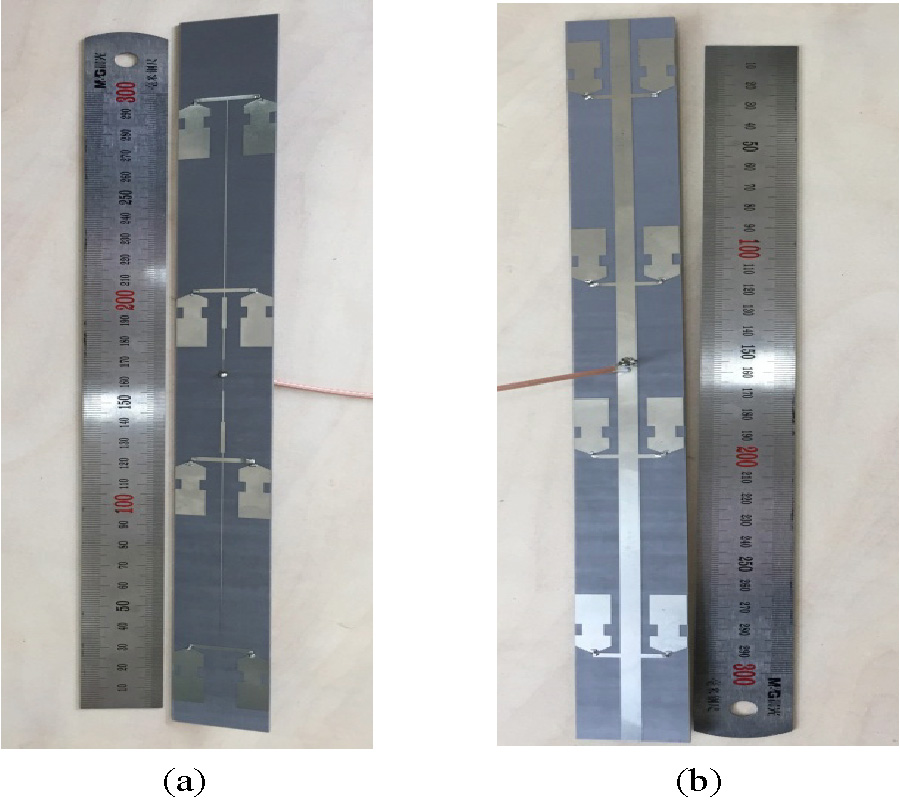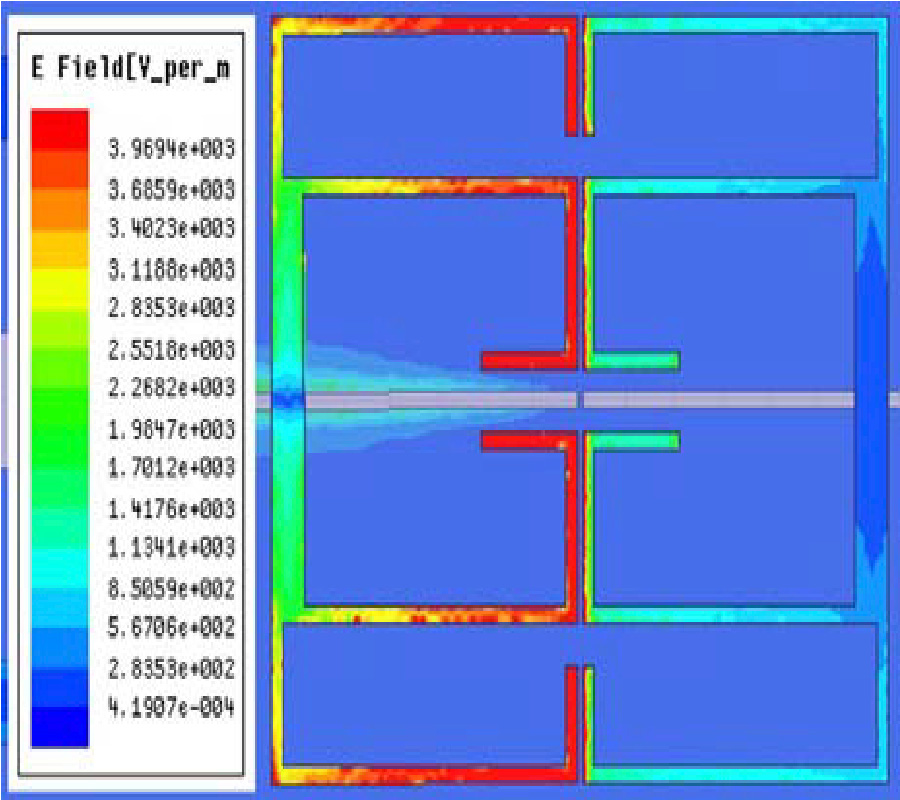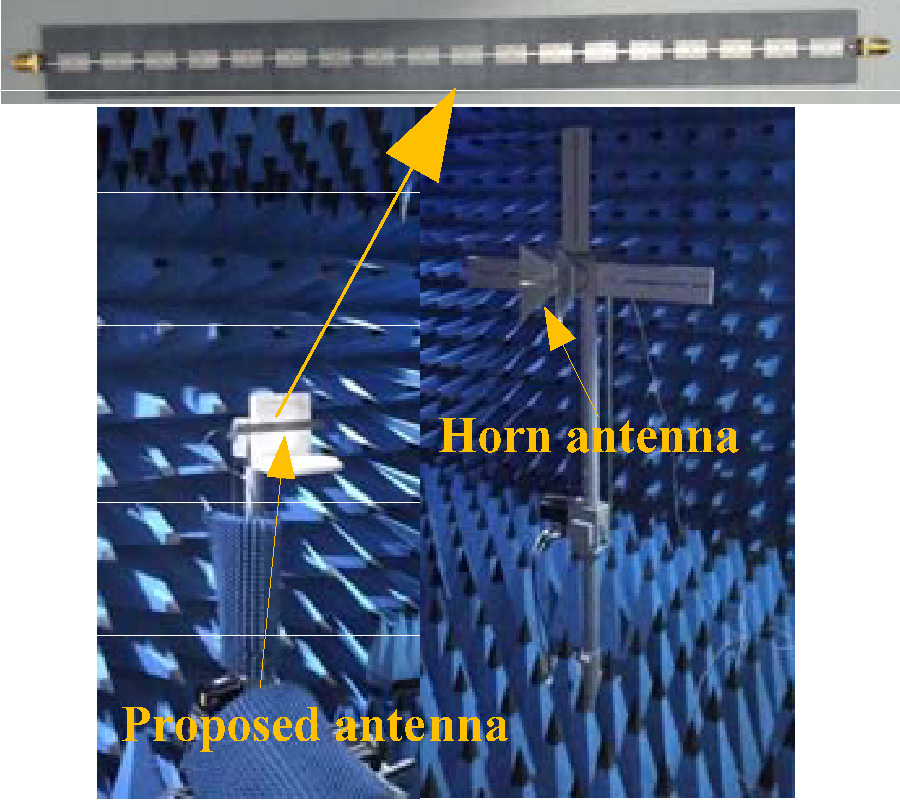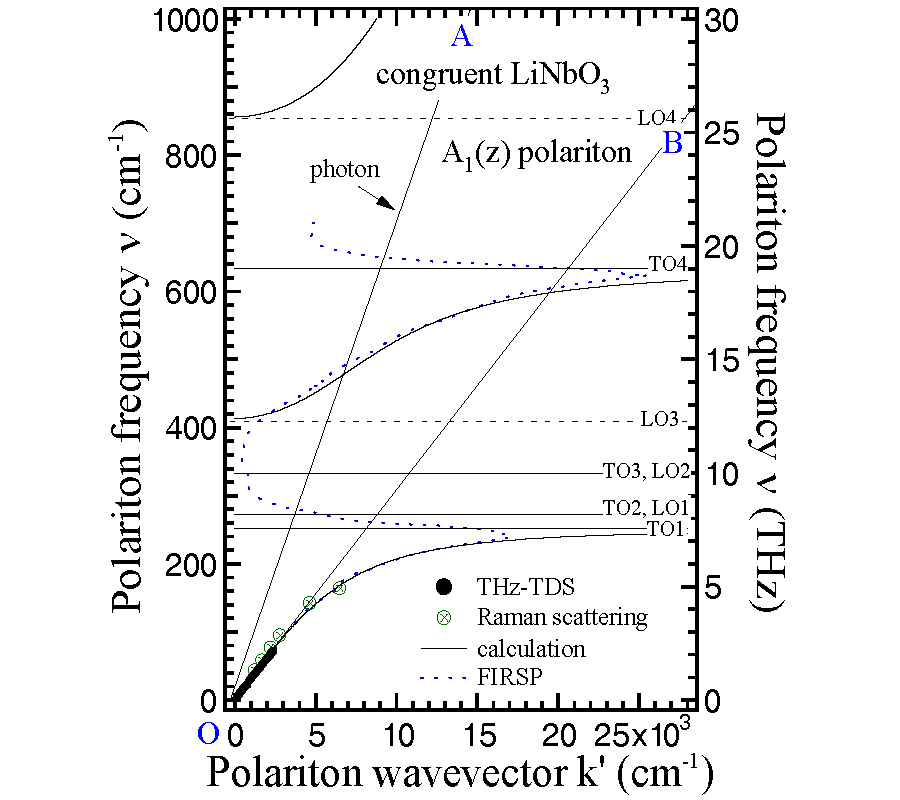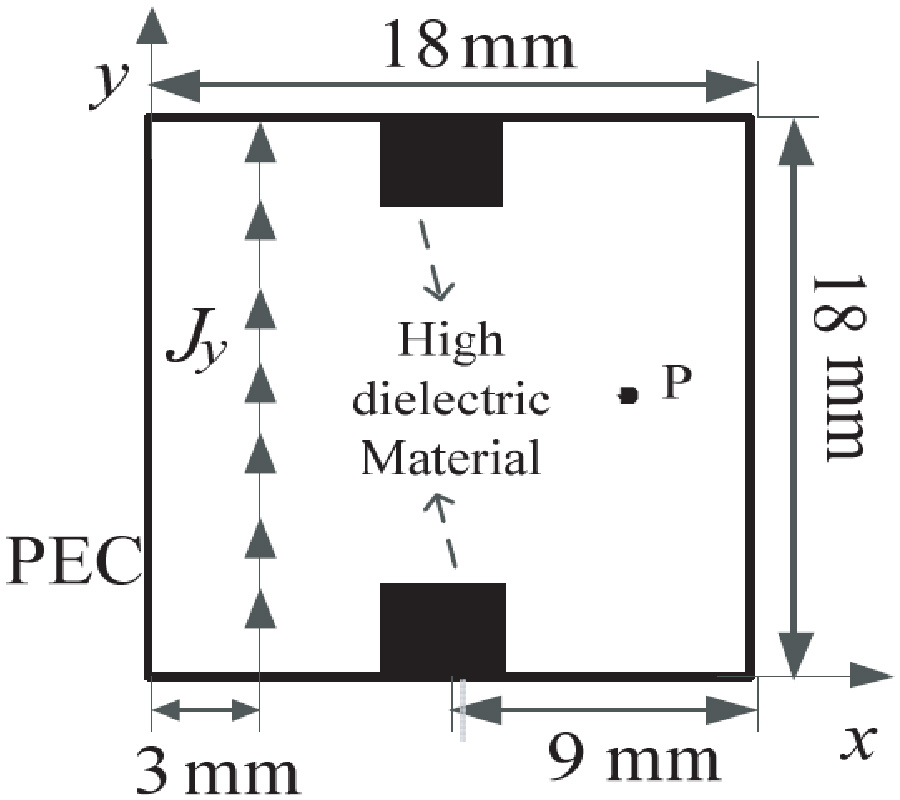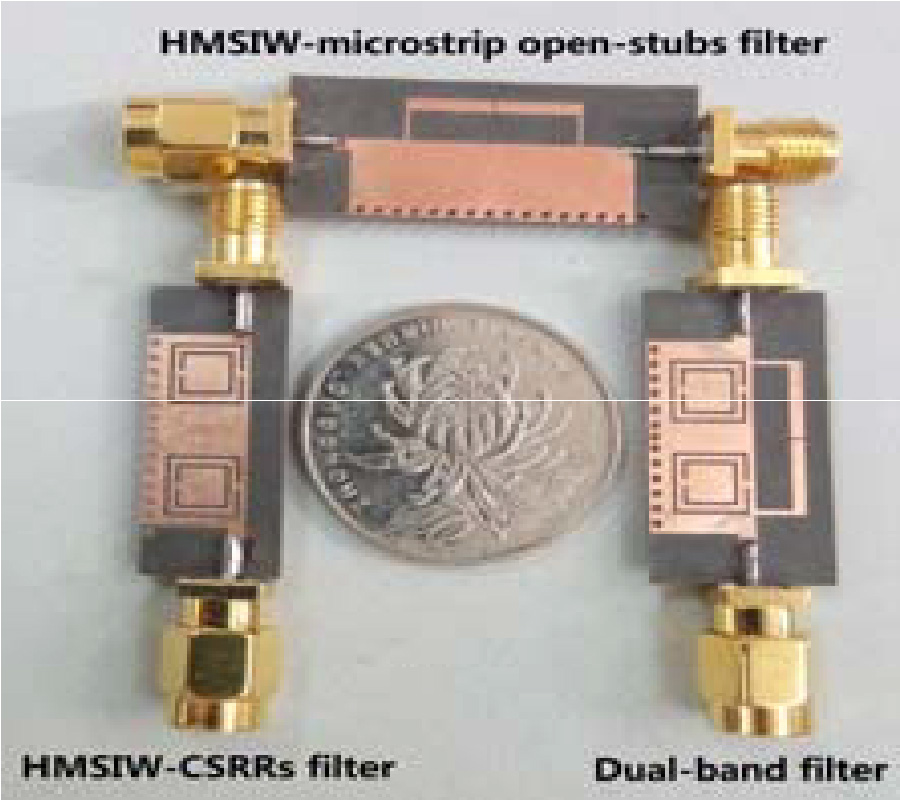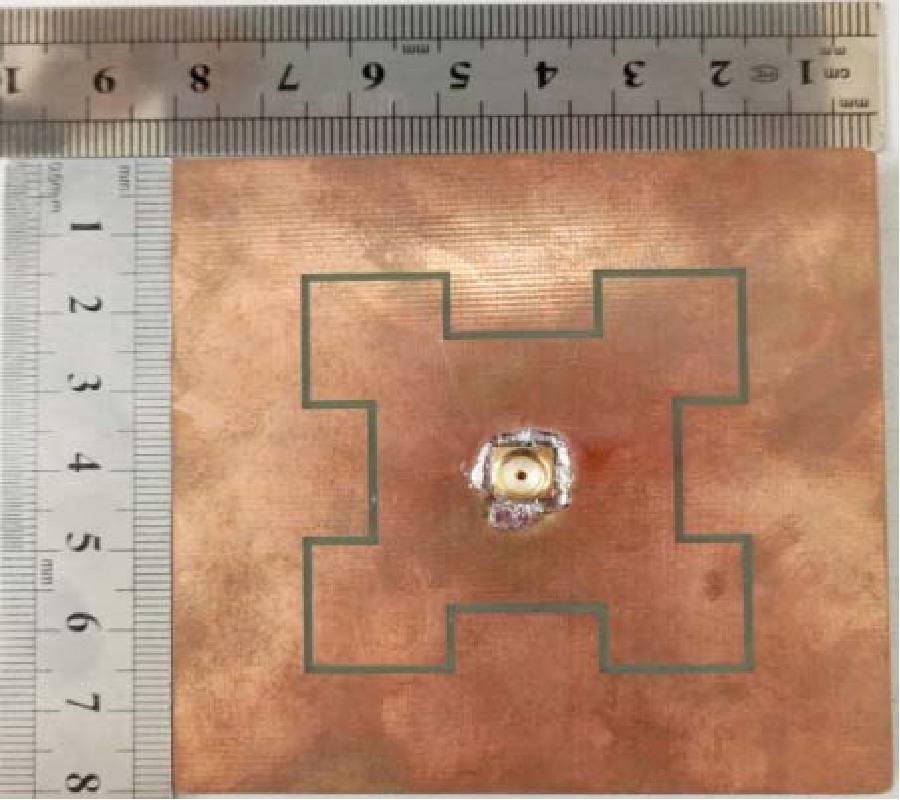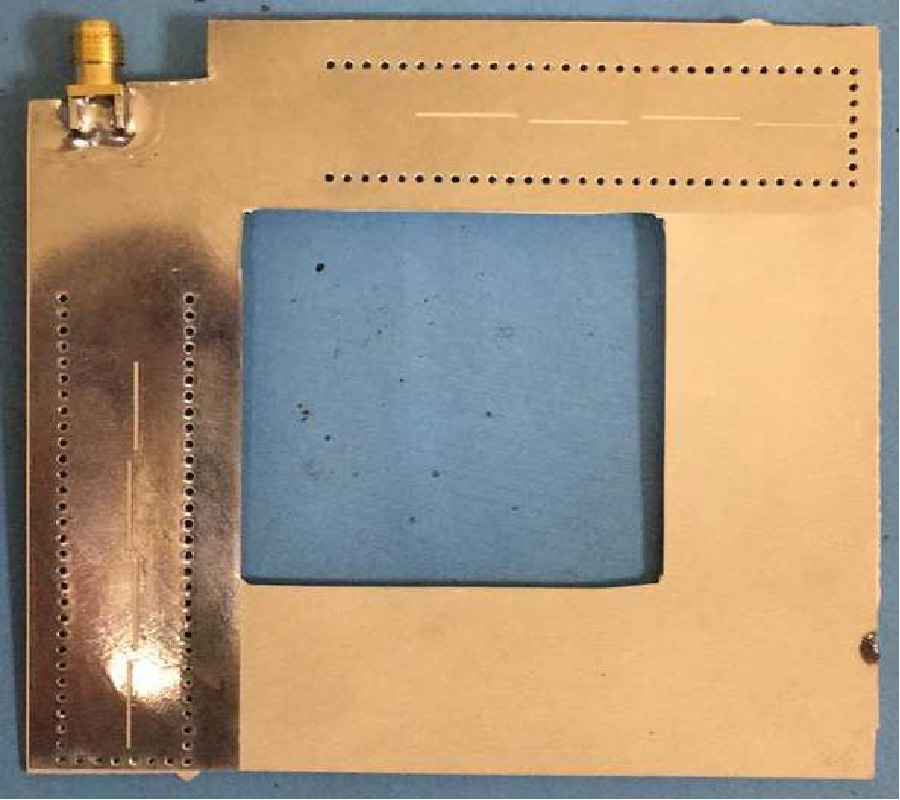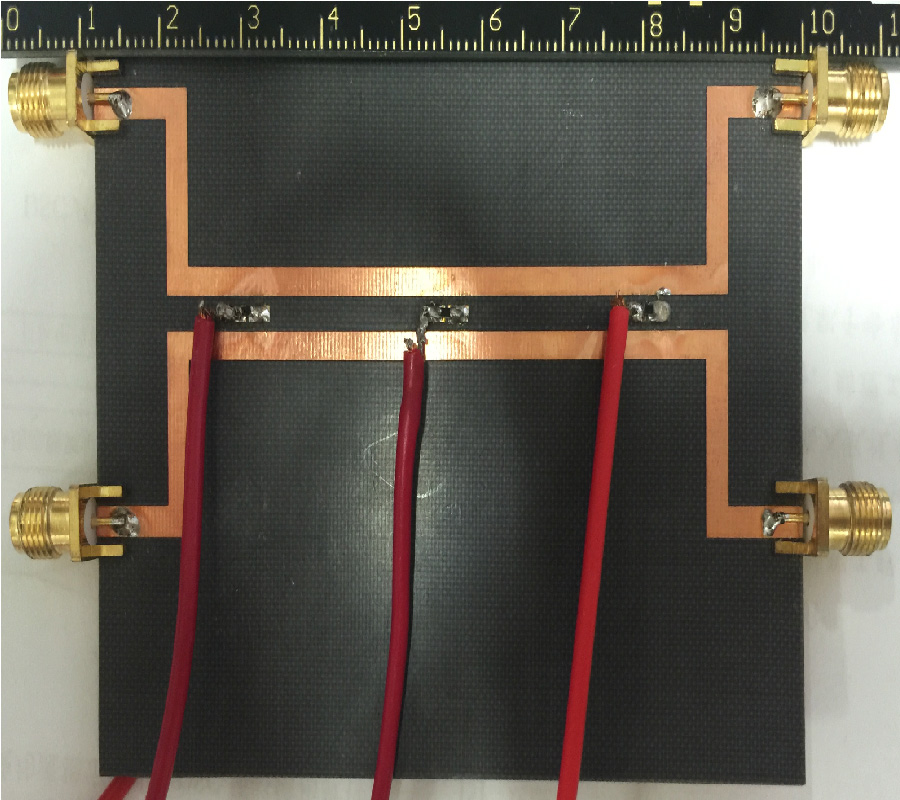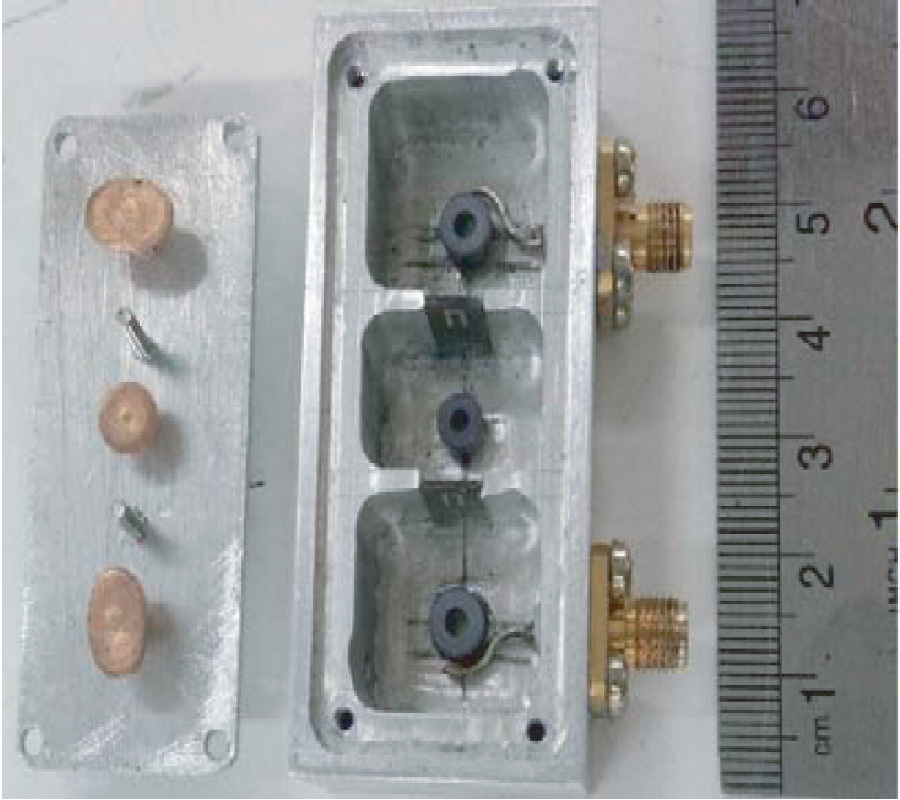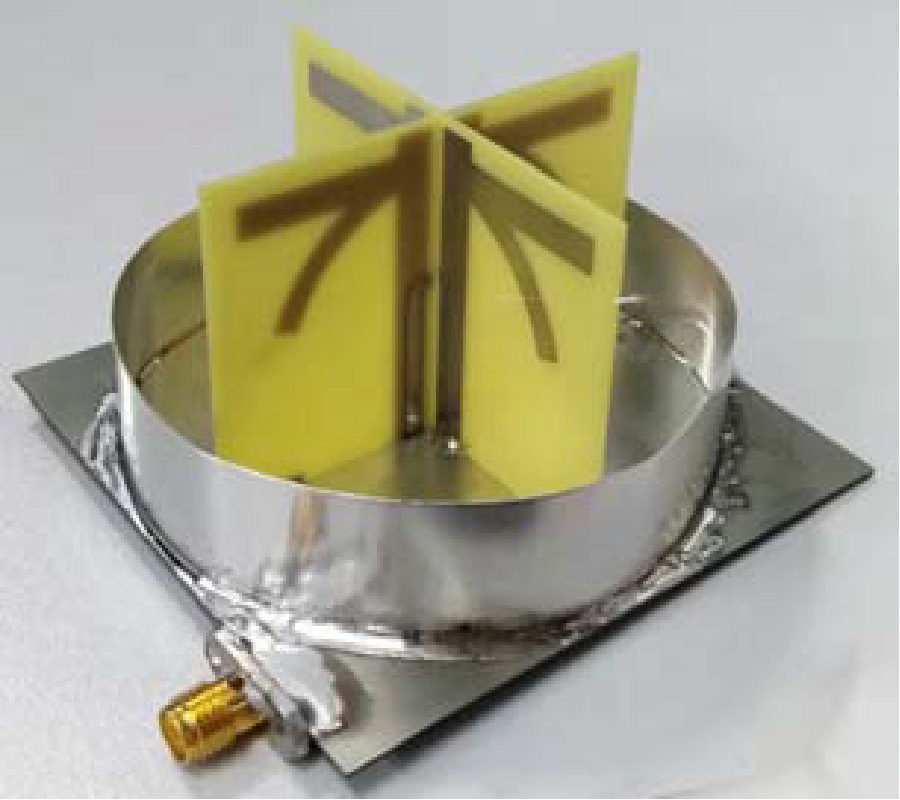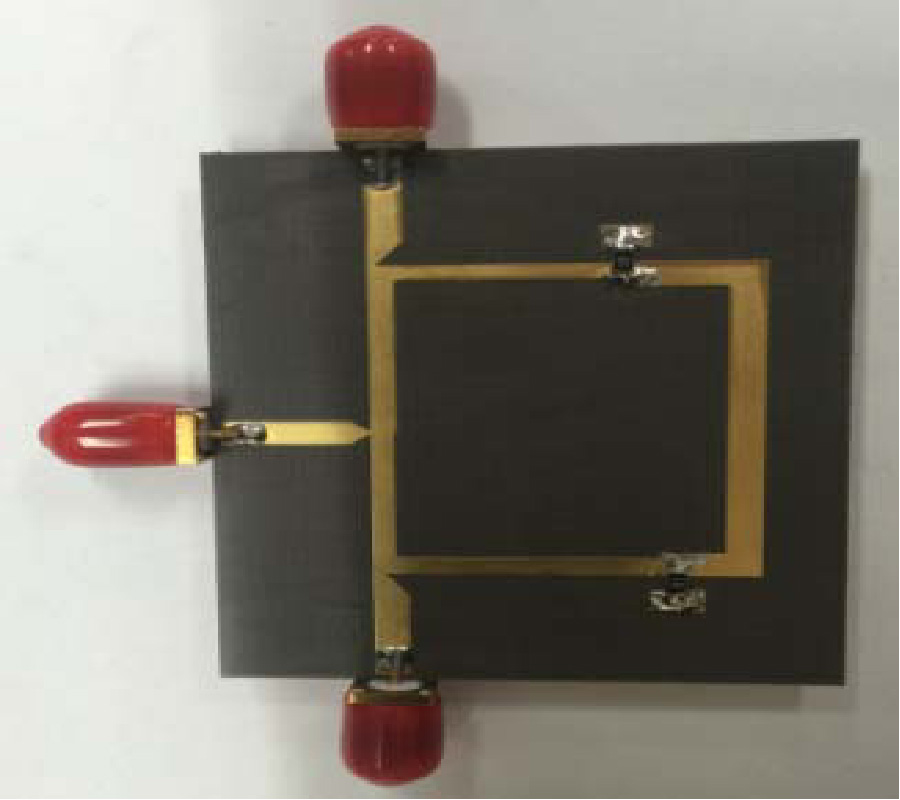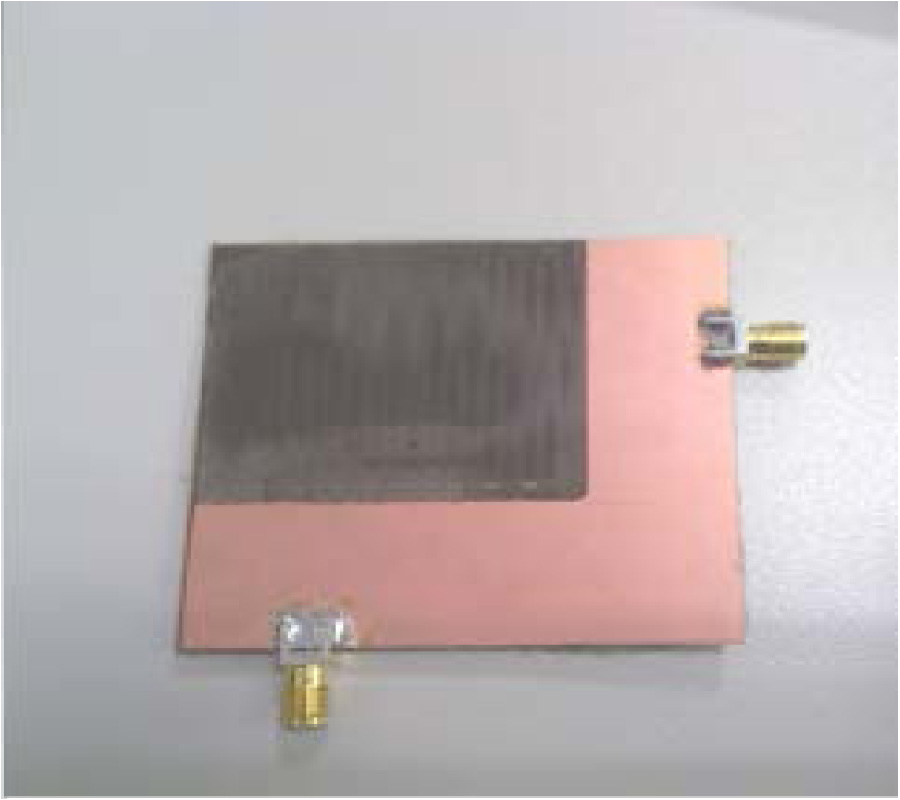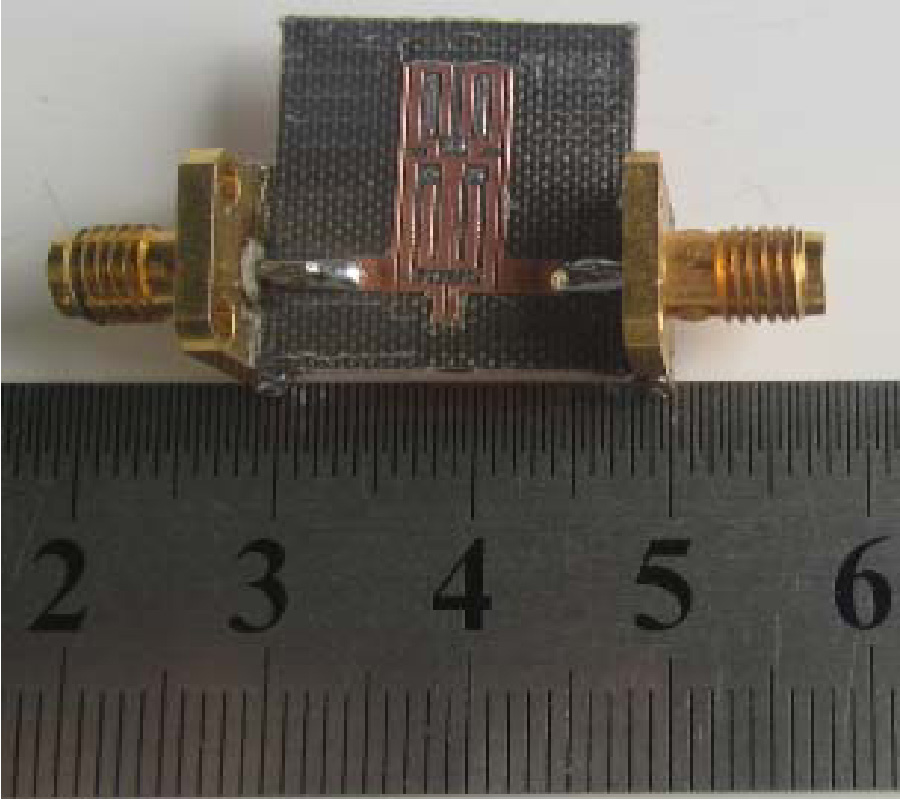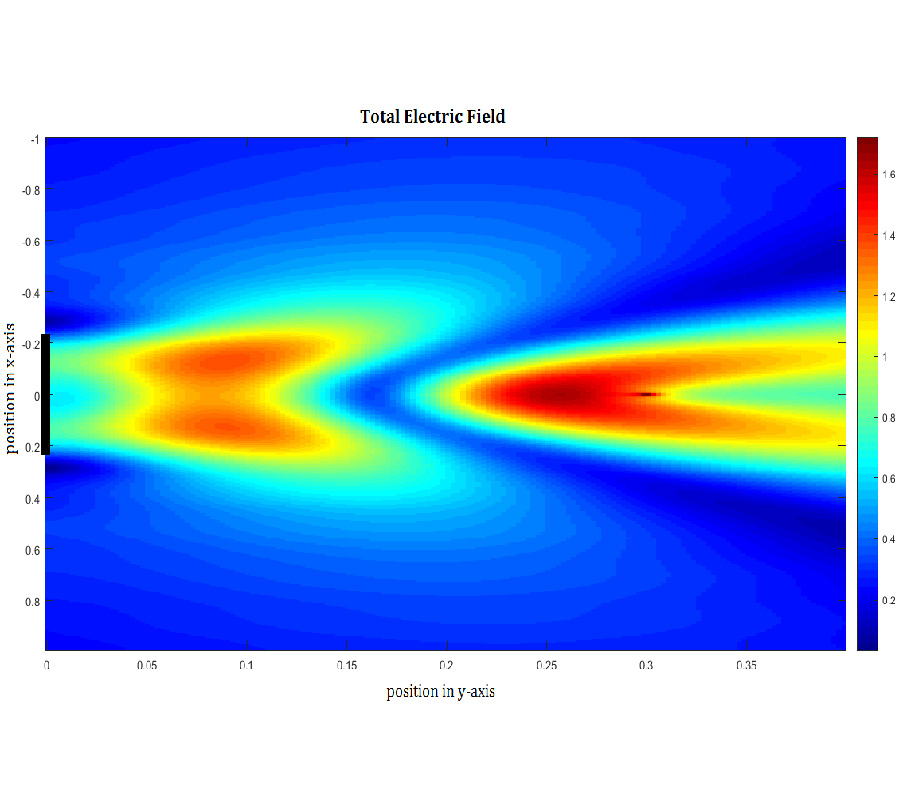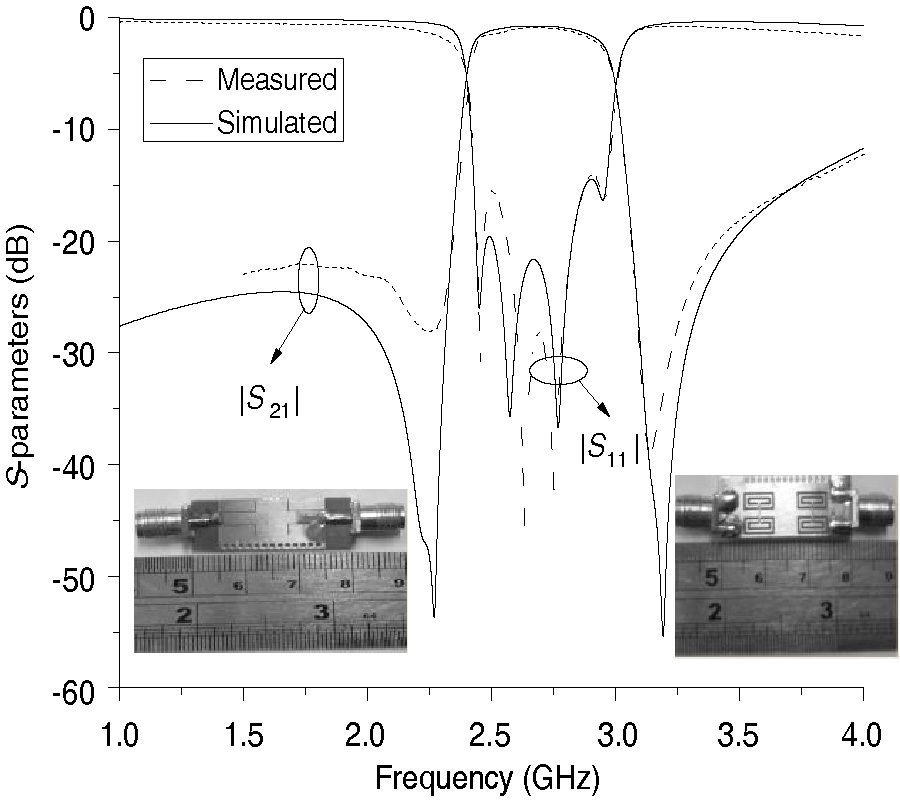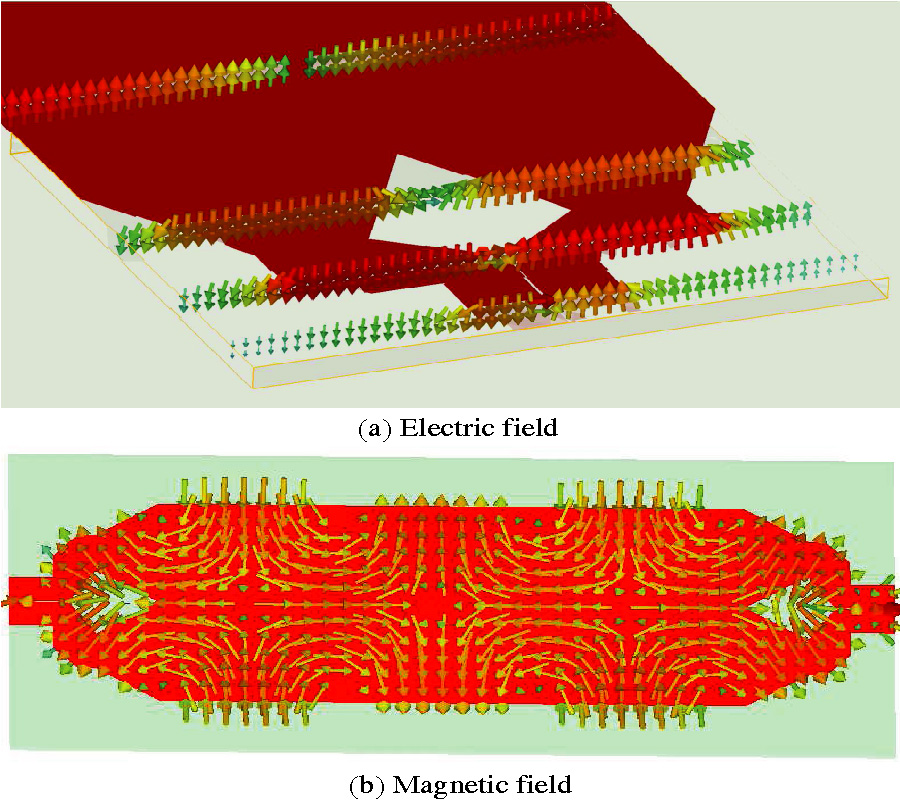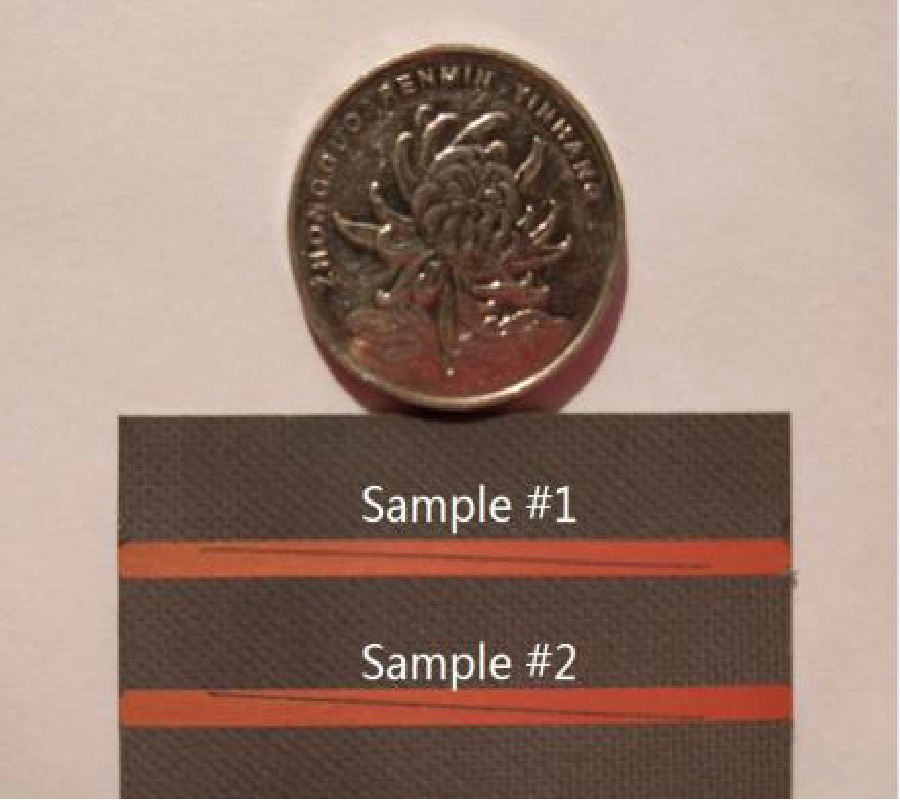2018-08-15 Latest Published
By Yang Yu
Yong-Zhong Zhu
Weiguo Dang
Progress In Electromagnetics Research Letters, Vol. 77, 137-143, 2018
Abstract
This letter presents an omnidirectional printed dipole antenna array with a wide bandwidth. The array is composed of four dipole units etched on a thin substrate, which is simple in structure and easy to be processed. By modifying the triangle-shaped radiation dipole units and gradually increasing the width of microstrip feeding transmission line, the performance of the dipole antenna array is greatly improved. Simulation results show that this omnidirectional antenna has a peak gain greater than 7.39 dBi, and the impedance bandwidth is 16% (VSWR<1.6), ranging from 2.3 to 2.7 GHz.
